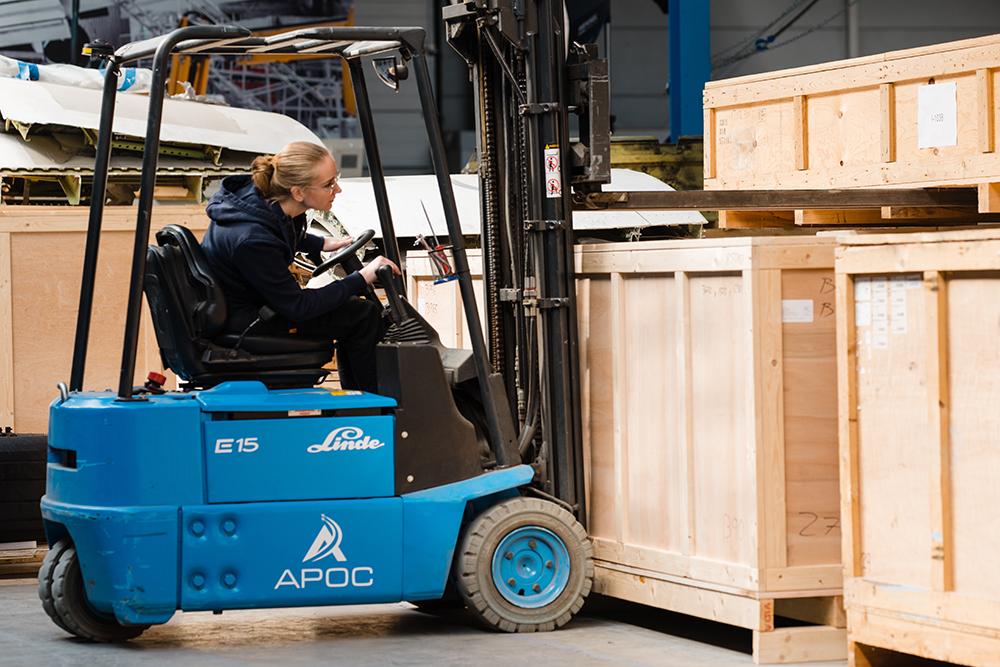
Despite reported improvements in the supply chain, aftermarket specialists are seeing continued pressure on AOG services.
Mike Cazaz, chief executive at Werner Aero, believes the situation has not eased yet and that most AOG requirements are focused on engine parts—and sometimes even a whole engine.
“We also see cases for aerostructure and nacelle items, like inlet cowls and thrust reversers. However, the supply chain problems still exist and will probably remain for a few more years,” he predicts.
APOC Aviation expects these pressures to linger on for a while yet. Hardi Jamil, vice president for component sales, sees operators primarily seeking certain parts that are in serviceable condition and available within a short timeframe. Additionally, he notices an increase in orders with longer lead times. “This assumes that airline data sets are also improving, and some inventory is being built up to address availability challenges,” he adds.
Ismael Fadili, vice president of sales in Europe at Ametek MRO, identifies safety equipment, tires, wheels and brakes and engine components as some of the critical items within AOG services. “The supply chain remains a post-pandemic challenge even if we consider the situation improved compared to two or three years ago,” he says.
A recent AOG scenario at South African carrier Airlink is an example of how dire the situation is. The airline grounded some of its aircraft for several weeks because of a global shortage of windshields, supplied by PPG.
Morgan Chikurunhe, executive manager of Airlink’s approved maintenance organization, suggests that PPG—which is the windshield OEM for various aircraft models—has struggled for some time to cope with demand. “When we engage with OEMs, we do it at a very high level to keep them informed of the challenges operators face so they can try and assist,” he says.
Airlink also participates in a pool agreement aimed at mitigating some of these issues, and as Chikurunhe highlights, some of those vendors are ultimately managed by the aircraft OEM.
In circumstances where Airlink can obtain drawings for structural components, the airline will get them fabricated locally. “We also try not to put our eggs in one basket, ensuring we have at least more than one service provider where possible in the case of components that are not part of the pool agreement,” Chikurunhe says.
On new engines, some industry analysts believe AOGs related to engine durability issues peaked around mid-2024. Following discussions with lessors, APOC Aviation initially targeted 2024 as the peak period for the new engine snags, with gradual easing expected in the latter half of the year. However, Cazaz at Werner Aero disagrees.
“I think the problems still exist and it’s spreading wider to mature engines in addition to new generation engines,” he says. “I believe that we probably have another two years before it peaks.”





